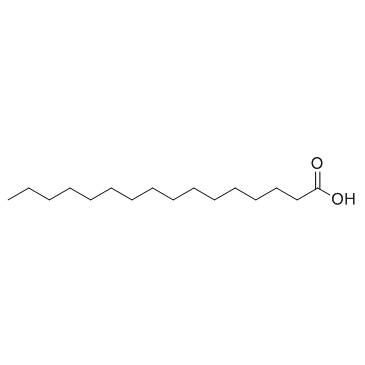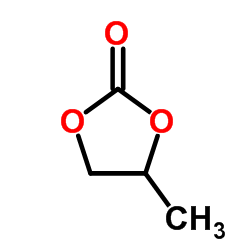| Structure | Name/CAS No. | Articles |
|---|---|---|
 |
Acetone
CAS:67-64-1 |
|
 |
Palmitic acid
CAS:57-10-3 |
|
 |
DL-Lysine
CAS:70-54-2 |
|
 |
Lactulose
CAS:4618-18-2 |
|
 |
Propylene carbonate
CAS:108-32-7 |